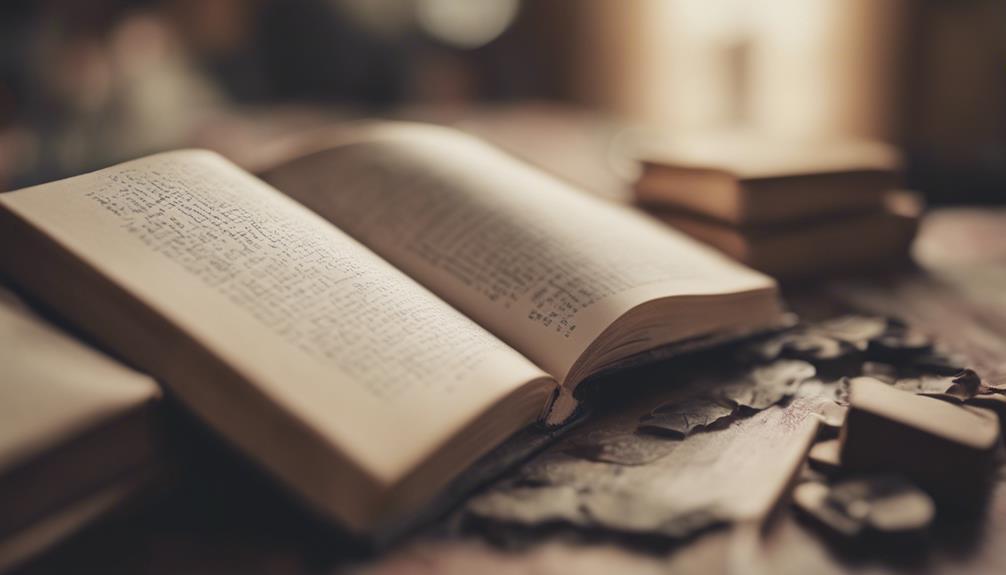Figurative language and literary devices have unique roles. Figurative language paints vivid images using imaginative tools like similes and metaphors. It explores deeper meanings through creative expression, capturing readers' attention with vivid descriptions. On the other hand, literary devices like rhyme and alliteration focus on enhancing structure and musicality. They add layers of meaning and evoke specific emotions through strategic manipulation of language. Understanding their distinctions enhances our appreciation of literature and poetry. Exploring the nuances between them enriches our interpretation and analysis, offering insights into the diverse ways writers convey messages and feelings effectively.
Key Takeaways
- Figurative language focuses on imaginative comparisons and deeper meanings.
- Literary devices like rhyme and alliteration enhance structure and musicality.
- Figurative language adds layers of creativity and emotions to writing.
- Literary devices manipulate rhythm and mood for effective communication.
- Figurative language vividly conveys emotions and abstract concepts.
Definition of Figurative Language
Figurative language, as a literary tool, surpasses literal meanings to vividly convey ideas through imaginative devices like simile, metaphor, personification, hyperbole, and symbolism. These literary devices serve as the building blocks of creative expression, allowing writers to paint vivid pictures in the minds of readers. Figurative language enhances storytelling by adding depth, emotion, and resonance to otherwise straightforward descriptions. By asking the question “what is figurative language“, we invite readers to explore the rich layers of meaning embedded in poetic expressions. Ultimately, it transforms the ordinary into the extraordinary, unlocking a more profound understanding of both language and experience.
Similes compare two unlike things using 'like' or 'as,' while metaphors directly equate two different concepts, adding depth and complexity to the narrative. Personification attributes human qualities to non-human entities, breathing life and personality into objects.
Hyperbole exaggerates for emphasis, creating dramatic effects and highlighting key points. Symbolism imbues objects with deeper meanings, enriching the text with layers of interpretation. The essence of figurative language lies in its ability to infuse writing with creativity, offering writers a rich tapestry of tools to craft compelling narratives and engage readers on a profound level.
Types of Figurative Language
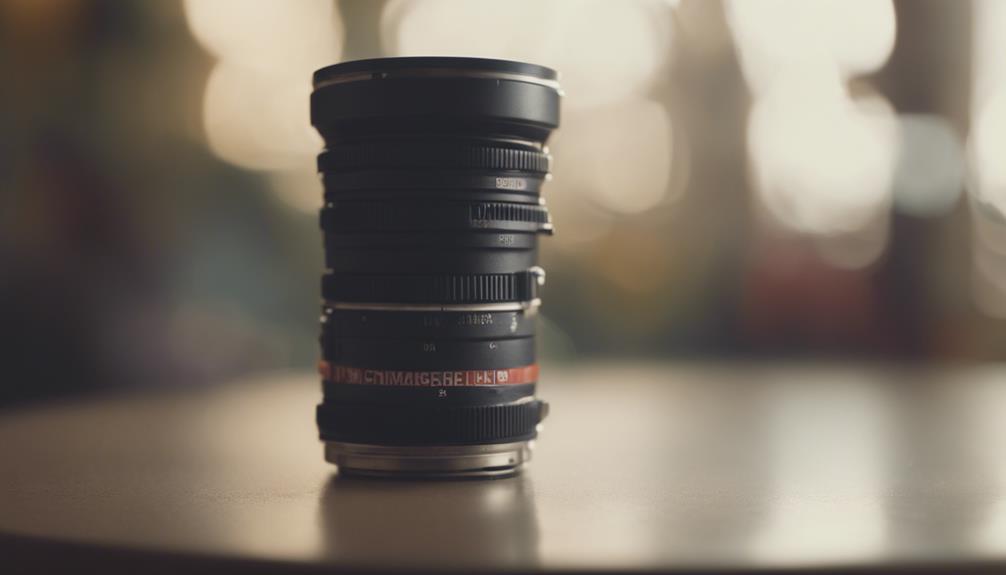
Exploring various forms of figurative language reveals the diverse ways in which writers enhance their storytelling through creative linguistic devices. When delving into the domain of figurative language, one encounters a rich tapestry of techniques that add depth and beauty to poetry and prose.
Here are some key types to ponder:
- Rhyme: A poetic device where words have similar sounds, often at the end of lines, creating a musical quality that enhances the text's rhythm and memorability.
- Repetition: The intentional reuse of words or phrases for emphasis, creating a pattern that can evoke strong emotions or emphasize key ideas in the writing.
- Metaphorical Language: Comparing two unlike things directly to convey deeper meanings and create vivid imagery, allowing readers to see things in a new light.
- Personification: Giving human qualities to non-human entities, breathing life into descriptions and making them more engaging for the audience.
These techniques, along with others like hyperbole and symbolism, form the building blocks of figurative language, enriching writing across various genres and styles.
Examples of Figurative Language
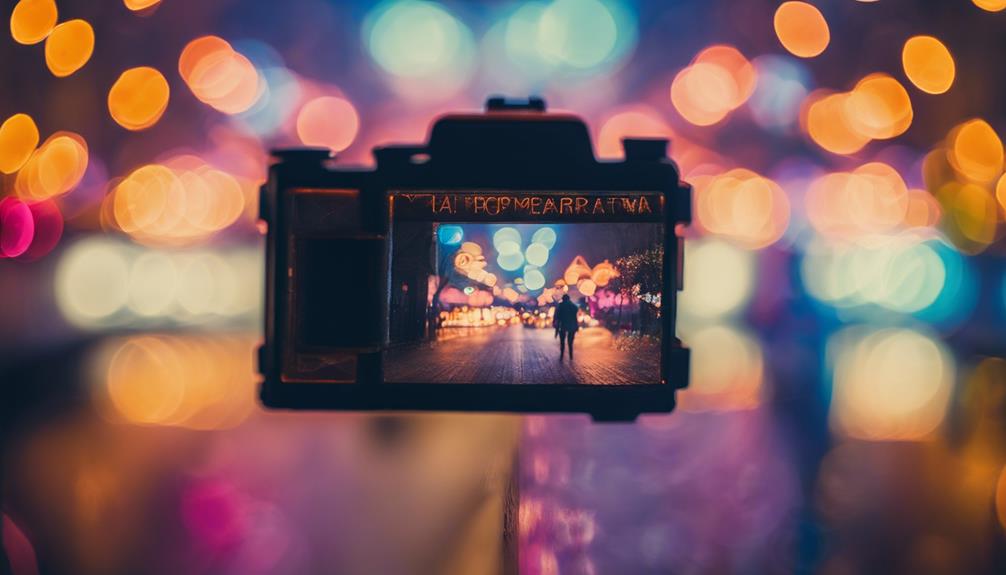
In storytelling, figurative language serves as a powerful tool for creating vivid and engaging imagery that captivates readers' imagination. Simile, a common figure of speech, compares two unlike things using 'like' or 'as' to enhance descriptions. For example, 'Her eyes sparkled like diamonds in the sunlight.'
Metaphor, another figure of speech, directly compares two unlike things without 'like' or 'as,' conveying deeper meanings. An example is 'Time is a thief stealing moments from our lives.'
Personification gives human qualities to non-human entities, making descriptions more lively. A classic example is 'The wind whispered through the trees.'
Hyperbole uses exaggeration to emphasize a point or evoke emotions, like saying 'I've told you a million times.'
Imagery in figurative language paints vivid mental pictures, appealing to the senses and emotions of readers. By comparing two unlike things and moving beyond the literal meanings, figurative language adds depth and richness to storytelling.
Definition of Literary Devices

Literary devices, as essential components of effective writing, encompass specific techniques and structures utilized to convey meaning, enhance text, and evoke desired effects. These tools offer writers a way to explore language creatively, engaging readers on multiple levels.
Understanding literary devices allows readers to investigate deeper into the layers of meaning and emotion embedded within a text. Here is a breakdown of the key aspects of literary devices:
- Imagery: Utilizing vivid descriptions to paint a picture in the reader's mind, creating a sensory experience that enhances the text.
- Symbolism: Using symbols to represent ideas or qualities, adding depth and layers of meaning to the writing.
- Onomatopoeia: Incorporating words that mimic the sounds they describe, bringing aural texture and vividness to the narrative.
- Manipulation of Language: Employing various linguistic techniques to craft compelling narratives that resonate with the audience.
Types of Literary Devices

Moving from the foundational understanding of literary devices, we now shift our focus to exploring various types that enrich and enhance the fabric of written works.
Literary devices such as rhyme, alliteration, assonance, onomatopoeia, and repetition play vital roles in shaping the structure and rhythm of poems. Rhyme, a common literary device, involves the repetition of similar sounds at the end of lines, adding a musical quality to the piece.
Alliteration, on the other hand, repeats consonant sounds closely to create a rhythmic effect, enhancing the poem's flow. Assonance focuses on the repetition of vowel sounds within lines, creating internal rhymes that contribute to the overall structure and musicality.
Onomatopoeia brings sensory appeal by using words that imitate natural sounds, engaging the reader's auditory senses. Repetition, another essential device, emphasizes key words or phrases through their recurrence, reinforcing the poem's message and impact.
These devices work intricately within the structure of a poem, enhancing not only its aesthetic appeal but also its emotional depth and resonance.
Examples of Literary Devices
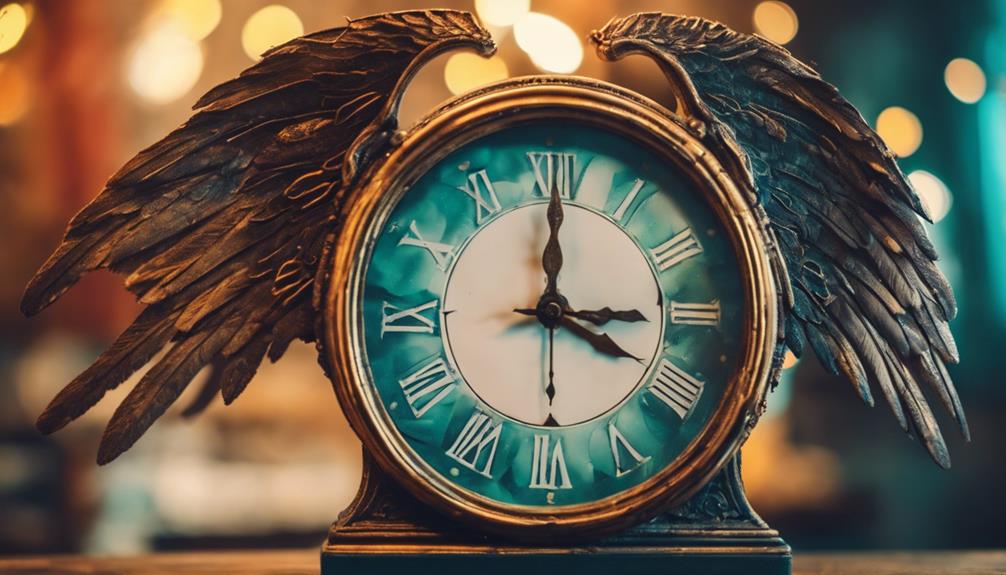
Literary devices, such as repetition, symbolism, and imagery, play an essential role in enhancing the depth and impact of a writer's work. These devices help create unique rhythms, evoke emotions, and engage readers in a more profound understanding of the text.
Types of Devices
Exploring various types of literary devices can deepen our understanding of how poets enhance their works with structure and musicality.
- Rhyme: Adds a musical quality by repeating similar sounds at the end of lines.
- Repetition: Emphasizes key ideas by repeating words, phrases, or structures.
- Consonance: Creates harmony by repeating consonant sounds within words.
- Simile, Metaphor, Personification: Enhance imagery and meaning by comparing things using 'like' or 'as' (simile), implying a direct comparison (metaphor), or attributing human qualities to non-human entities (personification).
These literary devices help poets create rhythm, convey emotions, and enrich their poetry with vivid descriptions, making the reading experience more engaging and profound.
Role in Writing
To enhance our writing and captivate readers, we employ various literary devices such as simile, metaphor, and personification to infuse our work with vivid comparisons and imaginative imagery. These tools help convey complex ideas concisely, making our writing more engaging.
For example, hyperbole allows for exaggeration, symbolism adds deeper meanings, and imagery paints sensory descriptions. By utilizing literary devices effectively, we can evoke emotions, simplify abstract concepts, and showcase our unique style and voice.
Understanding and applying these devices elevate the quality of our writing, making it more compelling and memorable to readers. Through the use of figurative language, including similes, metaphors, personification, hyperbole, symbolism, and imagery, we can craft narratives that resonate deeply with our audience.
Effect on Readers
As we explore the impact of literary devices on readers, we uncover how these tools intricately weave emotions and vivid imagery into the fabric of written works, creating lasting impressions that resonate deeply within the audience.
- Literary devices like simile and metaphor evoke powerful emotions, making readers connect to the text on a personal level.
- Sound devices such as alliteration and onomatopoeia engage readers by creating a rhythmic flow and enhancing the overall mood of a piece.
- The strategic use of literary devices influences readers' perceptions, shaping their understanding and interpretation of the content.
- Through the employment of figurative language and literary devices, writers effectively convey complex ideas, leaving a profound impact on readers and enriching their reading experience.
Contrasting Figurative Language and Literary Devices
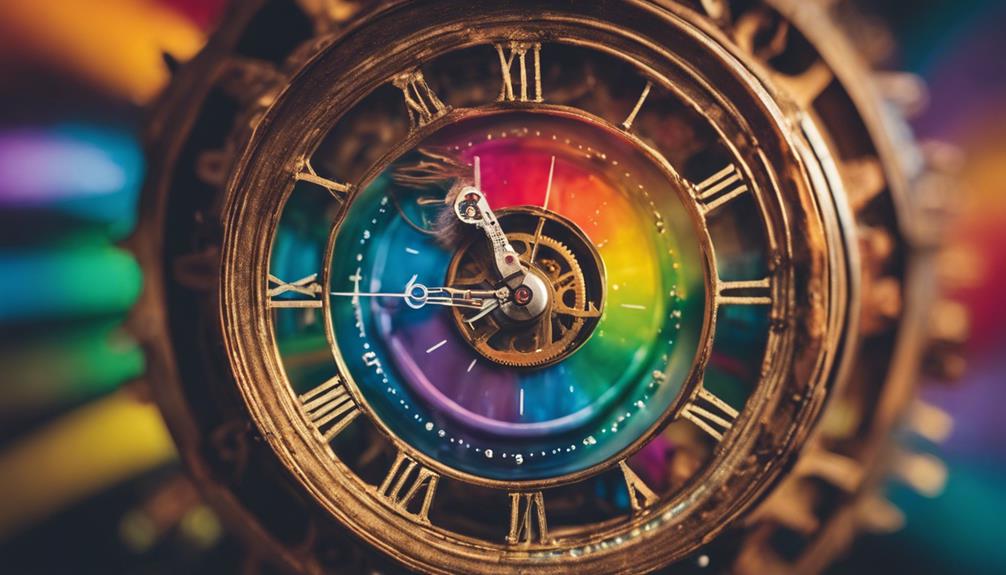
Comparing figurative language with literary devices reveals distinct differences in their functions and effects on written works. Figurative language, including simile and metaphor, emphasizes imaginative comparisons and deeper meanings through vivid imagery. On the other hand, literary devices such as rhyme and alliteration focus on enhancing the structure and musicality of poetry. While figurative language adds layers of creativity and emotions, literary devices manipulate rhythm and mood to convey meaning more effectively.
Figurative language plays a vital role in conveying emotions and abstract concepts by painting vivid pictures in the reader's mind. In contrast, literary devices create a specific cadence and flow, enhancing the overall reading experience. Understanding these distinctions helps us appreciate how figurative language enriches the text with symbolic depth, while literary devices contribute to the aesthetic and structural aspects of poetry. By recognizing these differences, readers can better grasp the unique contributions each makes to literary works, ultimately enhancing their overall impact.
Importance in Poetry

Enhancing the depth and emotional resonance of poetry, figurative language plays an essential role in engaging readers through vivid imagery and unique perspectives. When it comes to the importance of figurative language and literary devices in poetry, several key aspects stand out:
- Enhanced Imagery: Figurative language in poetry paints vivid pictures in the reader's mind, making the verses come alive with sensory details and descriptive language.
- Evoking Emotions: By using literary devices like symbolism and metaphor, poets can tap into readers' emotions, creating a powerful connection that resonates long after the poem is read.
- Unraveling Interpretation: Analyzing figurative language requires readers to explore deeper into the text, uncovering hidden meanings and revealing layers of interpretation that enrich the overall experience.
- Structural Support: Poetic devices such as rhyme and alliteration not only add musicality to poems but also provide structural support, enhancing the flow and rhythm of the verses.
Understanding and appreciating the significance of figurative language and literary devices in poetry is important for readers seeking to fully immerse themselves in the artistry and creativity of poetic expression.
Frequently Asked Questions
What Is the Difference Between Language Devices and Literary Devices?
When distinguishing between language and literary devices, it's important to recognize their unique roles.
Language devices focus on the structure and expression of language, aiding in effective communication.
On the other hand, literary devices encompass a broader spectrum of tools, including language devices, utilized to enhance the depth and impact of a text.
Understanding these differences is key to analyzing texts thoroughly.
What Is the Difference Between Figure of Speech and Literary Device?
When it comes to the difference between figure of speech and literary device, we need to understand that figures of speech are specific types of figurative language involving comparisons or associations, while literary devices encompass a broader range of techniques to enhance writing.
While figures of speech are creative ways to convey ideas, literary devices include elements like rhyme and rhythm to enrich the overall structure and meaning of a literary work.
What Is the Difference Between Literary Terms and Devices?
When it comes to distinguishing between literary terms and devices, the key lies in their unique functions. Literary terms are specific and technical, focusing on elements like rhyme and meter.
On the other hand, literary devices are more about techniques used to enhance meaning and style. Understanding these distinctions helps us explore further into analyzing structure and creativity in writing.
Are Rhetorical Devices and Figurative Language the Same Thing?
Yes, rhetorical devices and figurative language aren't the same. Rhetorical devices are used to persuade or communicate effectively, while figurative language adds layers of meaning and imagery.
Rhetorical devices aim to influence or engage an audience, while figurative language appeals to emotions and imagination. Understanding these distinctions enhances our ability to analyze and appreciate different forms of communication.
Conclusion
Just as the sun gives light to the world, figurative language illuminates the beauty of language, while literary devices serve as the guiding stars of literature. Together, they create a tapestry of words that captivate and inspire readers.
Understanding the nuances between these two elements is key to revealing the true power of language in poetry and beyond. Embrace the richness of figurative language and the precision of literary devices to fully appreciate the artistry of words.

